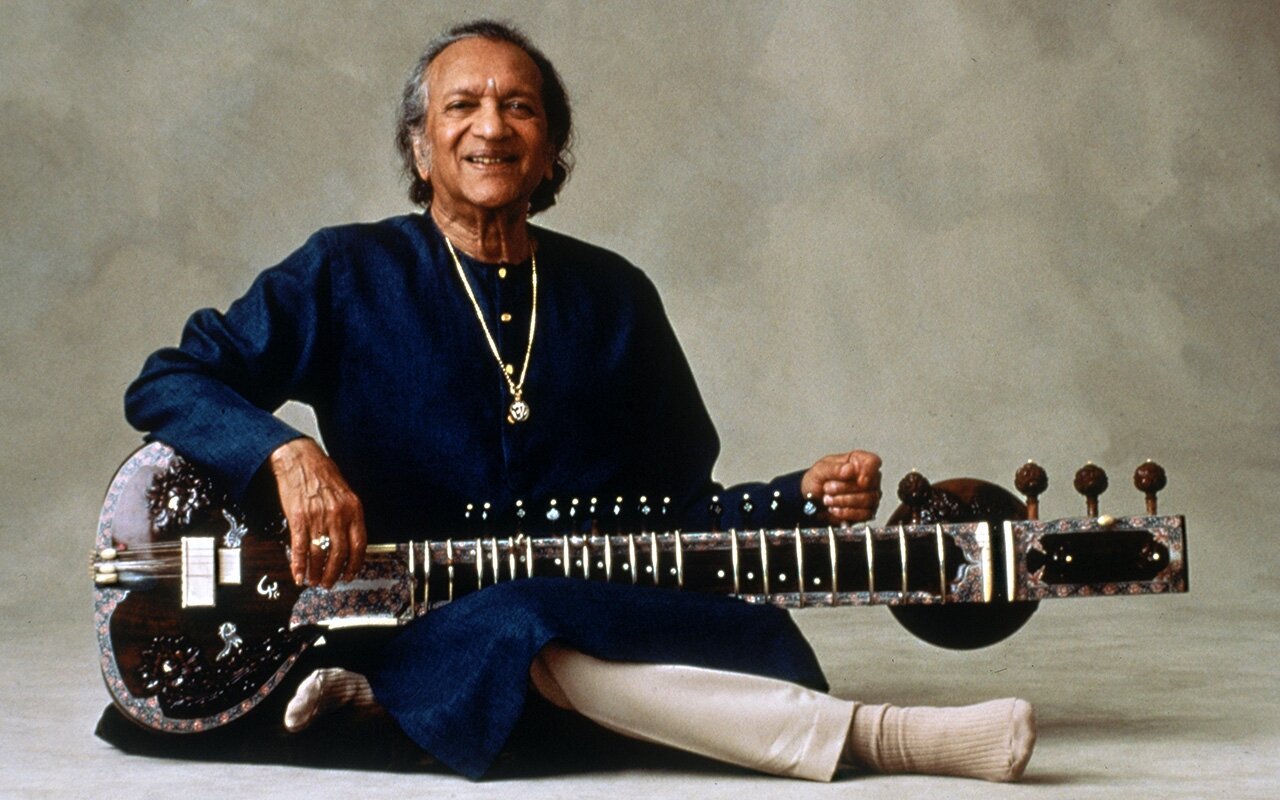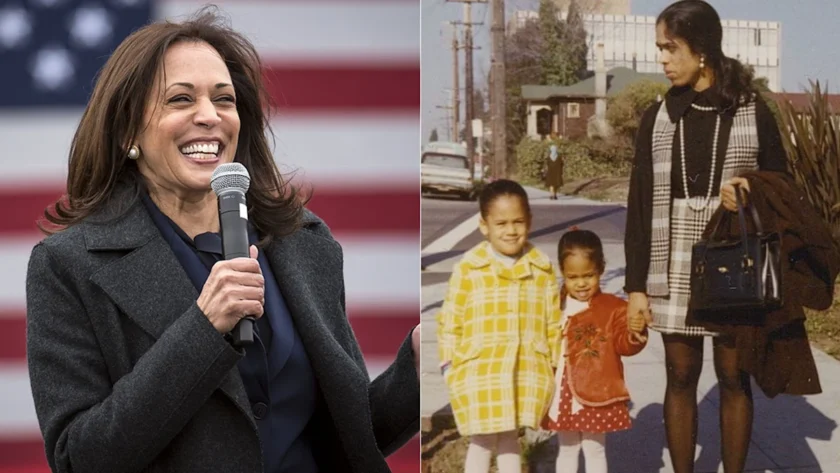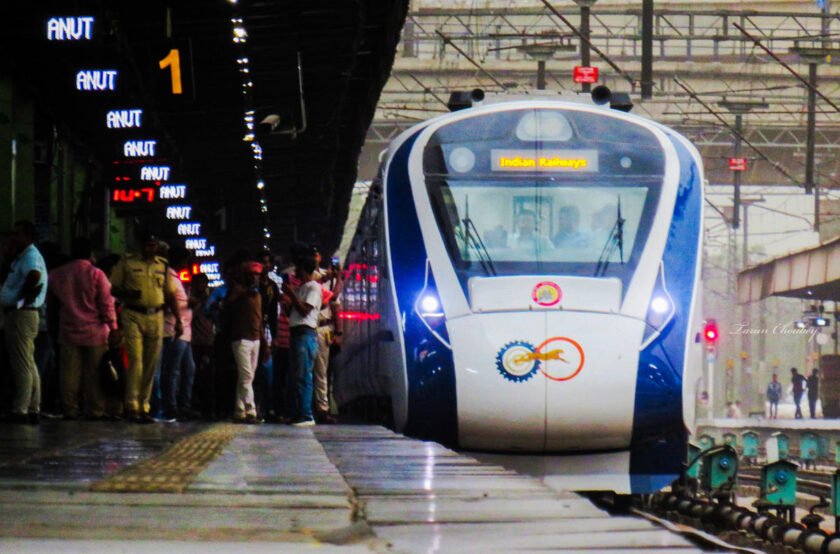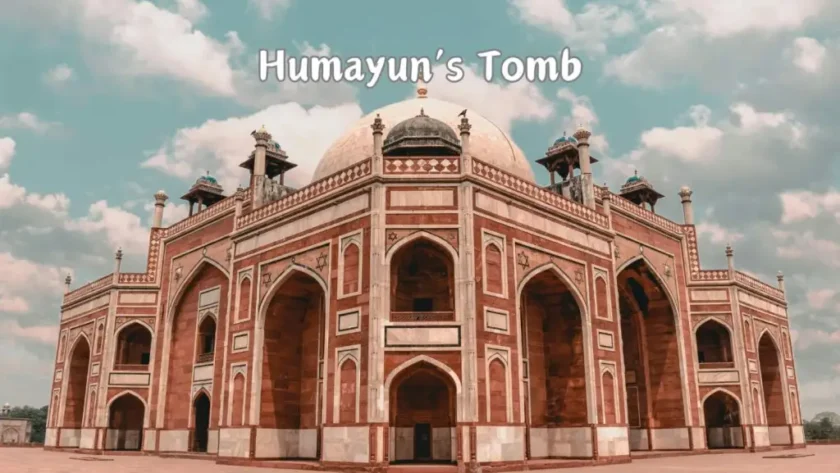New Delhi: Hindustani classical music, one of the two main traditions of Indian classical music, has a rich and complex history that spans over a millennium. This musical tradition has evolved through various phases, influenced by cultural, social, and political changes in the Indian subcontinent. This essay traces the evolution of Hindustani classical music from its ancient roots to its modern form.
Ancient Roots and Early Development
The origins of Hindustani classical music can be traced back to the Vedic period (1500–500 BCE), where the Samaveda, one of the four Vedas, contains hymns that were sung using musical notes. These early forms of music were predominantly religious and ritualistic. The use of musical notes (swaras) and rhythmic patterns (taalas) formed the basis of what would evolve into the more structured forms of Indian classical music.
Influence of Persian and Mughal Cultures
The real transformation of Hindustani music began with the arrival of Persian and Mughal influences in the medieval period. The 13th century saw the establishment of the Delhi Sultanate, which brought Persian culture, language, and music to India. This period marked the beginning of the amalgamation of Persian and Indian musical traditions. The introduction of Persian musical instruments, such as the sitar and tabla, and the Persian system of musical modes greatly influenced the existing musical practices.
One of the most significant figures in this period was Amir Khusro (1253–1325), a poet and musician in the court of Sultan Alauddin Khilji. Khusro is often credited with laying the foundation of modern Hindustani music. He is believed to have invented new ragas and taalas, and introduced the qawwali form of singing.
The Mughal period, particularly under the reign of Akbar the Great (1556–1605), was a golden era for Hindustani classical music. Akbar’s court was home to Tansen, one of the greatest musicians in Indian history. Tansen’s compositions and innovations in the raga system had a profound impact on Hindustani music, and his influence can still be felt today.
The Bhakti and Sufi Movements
Parallel to the Mughal influence, the Bhakti and Sufi movements played a crucial role in shaping Hindustani classical music. The Bhakti movement, which emphasized devotional worship and personal connection with the divine, inspired a plethora of devotional songs and bhajans. Saints like Kabir and Mirabai composed songs in local languages, making music more accessible to the masses.
The Sufi movement, with its focus on mystical and spiritual experiences, also contributed to the musical landscape. Sufi saints like Hazrat Nizamuddin Auliya and his disciple Amir Khusro used music, particularly qawwali, as a means to achieve spiritual ecstasy. These devotional and mystical traditions enriched the Hindustani music repertoire, adding depth and variety.
The British Colonial Period
The British colonial period (1858–1947) brought about significant changes in the cultural fabric of India, including its music. During this time, Hindustani classical music began to be documented and systematized more rigorously. Music conferences and institutions, such as the All India Music Conference and the Bhatkhande Music Institute, were established to promote and preserve classical music.
Vishnu Narayan Bhatkhande (1860–1936) and Vishnu Digambar Paluskar (1872–1931) were pivotal figures in this era. Bhatkhande compiled and standardized the theoretical framework of Hindustani music, categorizing ragas and writing comprehensive texts on the subject. Paluskar founded music schools to train musicians in a structured manner, ensuring the transmission of musical knowledge to future generations.
Post-Independence and Modern Era
The post-independence period saw Hindustani classical music gaining national and international recognition. The Indian government established institutions like the Sangeet Natak Akademi and the Indira Kala Sangeet Vishwavidyalaya to promote and support classical music and dance.
The advent of technology and mass media in the 20th century also had a profound impact on Hindustani music. Radio, television, and recordings brought classical music to a wider audience. Legendary musicians like Ravi Shankar, Bhimsen Joshi, and Zakir Hussain played pivotal roles in popularizing Hindustani music globally. Ravi Shankar’s collaborations with Western artists, such as George Harrison of The Beatles, introduced Indian classical music to a new audience and fostered cross-cultural exchanges.
In contemporary times, Hindustani classical music continues to evolve while retaining its traditional roots. Modern musicians are experimenting with fusion genres, blending classical elements with contemporary music styles. However, the core of Hindustani music, with its emphasis on improvisation, intricate raga structures, and rhythmic complexity, remains intact.
Key Elements of Hindustani Classical Music
To understand the evolution of Hindustani classical music, it’s essential to grasp its key elements:
- Raga: The melodic framework for improvisation and composition. Each raga is associated with a specific mood and time of day.
- Tala: The rhythmic cycle, which provides the temporal structure for the music.
- Improvisation: A fundamental aspect, allowing musicians to explore and express the nuances of a raga.
- Instruments: Instruments like the sitar, tabla, sarod, and harmonium are integral to Hindustani music.
The evolution of Hindustani classical music is a testament to the cultural and historical richness of India. From its ancient Vedic roots to its modern global presence, this musical tradition has continually adapted and thrived, absorbing diverse influences while preserving its core principles. Today, Hindustani classical music stands as a vibrant and dynamic art form, embodying centuries of musical innovation and spiritual expression.




